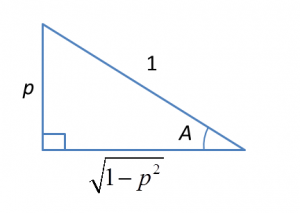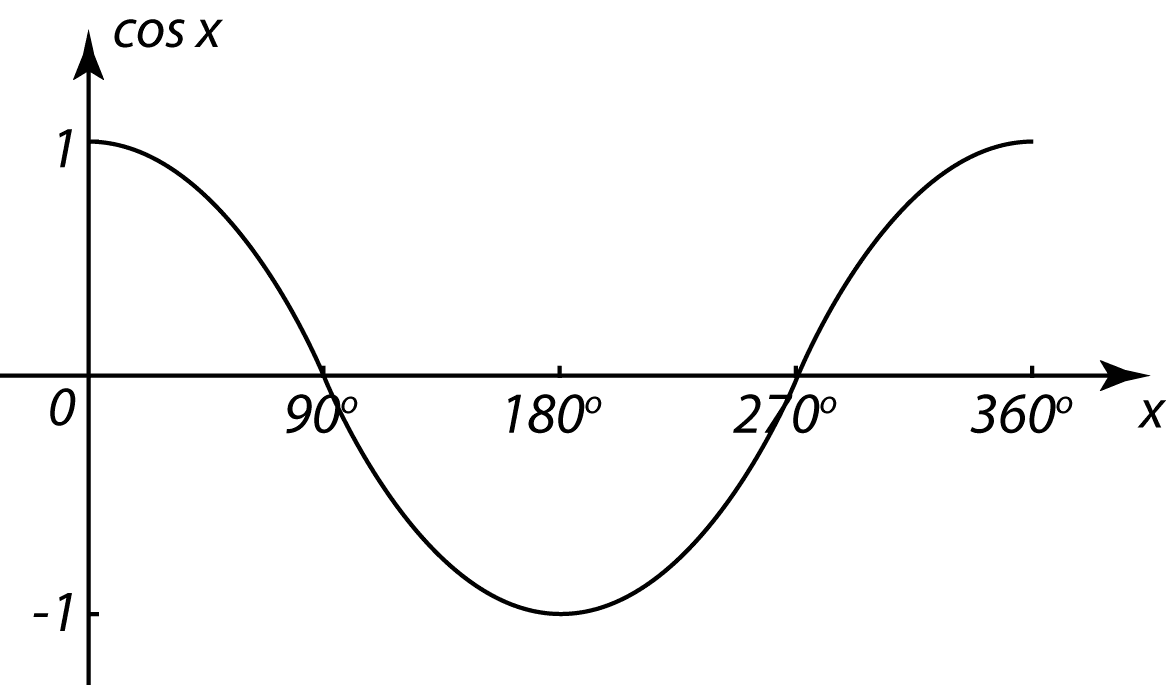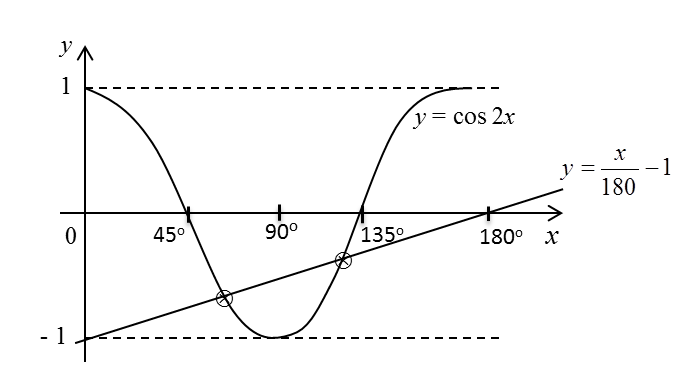Question 4:
A committee that consists of 6 members is to be selected from 5 teachers and 4 students. Find the number of different committees that can be formed if
(a) there is no restriction,
(b) the number of teachers must exceed the number of students.
Solution:
(a)
Total number of committees = 5 + 4 = 9
6 members to be selected from 9 committees with no restriction
= 9C6=84
(b)
If the number of teachers must exceed thenumber of students, the combination= 4 teachers 2 students + 5 teachers 1 student=5C4×4C2+5C5×4C1=30+4=34
A committee that consists of 6 members is to be selected from 5 teachers and 4 students. Find the number of different committees that can be formed if
(a) there is no restriction,
(b) the number of teachers must exceed the number of students.
Solution:
(a)
Total number of committees = 5 + 4 = 9
6 members to be selected from 9 committees with no restriction
= 9C6=84
(b)
If the number of teachers must exceed thenumber of students, the combination= 4 teachers 2 students + 5 teachers 1 student=5C4×4C2+5C5×4C1=30+4=34
Question 5:
A school prefect committee that consists of 6 persons is to be chosen from 6 Malays, 5 Chinese and 4 Indians. Calculate the number of different committees that can be formed if the number of Malays, Chinese and Indians must be equal.
Solution:
Number of different committees that can be formed for 2 Malays, 2 Chinese and 2 Indians
=6C2×5C2×4C2=900
A school prefect committee that consists of 6 persons is to be chosen from 6 Malays, 5 Chinese and 4 Indians. Calculate the number of different committees that can be formed if the number of Malays, Chinese and Indians must be equal.
Solution:
Number of different committees that can be formed for 2 Malays, 2 Chinese and 2 Indians
=6C2×5C2×4C2=900
Question 6:
There are 10 different flavour candies in a plastic bag.
Find
(a) the number of ways 3 candies can be chosen from the plastic bag.
(b) the number of ways at least 8 candies can be chosen from the plastic bag.
Solution:
(a)
Number of ways choosing 3 candies out of 10 candies
=10C3=120
(b)
Number of ways choosing 8 candies = =10C8
Number of ways choosing 9 candies = 10C9
Number of ways choosing 10 candies = 10C10
Hence, number of ways of choosing at least 8 candies
=10C8+10C9+10C10=56
There are 10 different flavour candies in a plastic bag.
Find
(a) the number of ways 3 candies can be chosen from the plastic bag.
(b) the number of ways at least 8 candies can be chosen from the plastic bag.
Solution:
(a)
Number of ways choosing 3 candies out of 10 candies
=10C3=120
(b)
Number of ways choosing 8 candies = =10C8
Number of ways choosing 9 candies = 10C9
Number of ways choosing 10 candies = 10C10
Hence, number of ways of choosing at least 8 candies
=10C8+10C9+10C10=56









